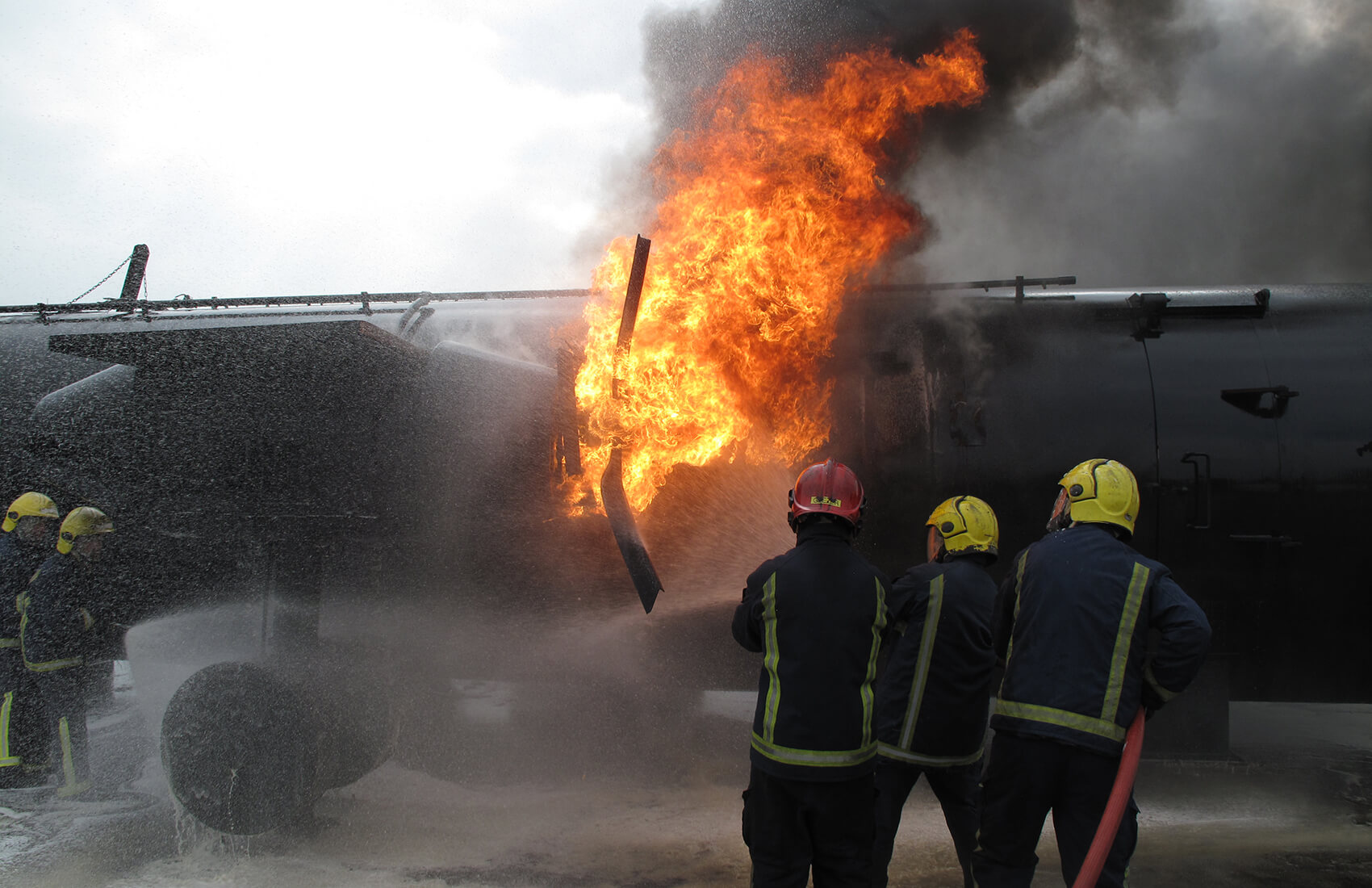The word ‘Antarctica’ usually brings to mind images of extreme cold and snowstorms, but the single greatest hazard at any Antarctic station is fire. Antarctic holds roughly 70% of the earth’s fresh water, but that ‘water’ is locked away in vast ice sheets that cover the continent. Combine this lack of readily available water, with Antarctica’s extremely dry, windy climate, and you have ideal conditions for a fire to ignite and spread.
Fire Prevention – A Priority
[column-group][column span=”6″]

[/column][column span=”6″]
ALE takes fire prevention and fire preparedness seriously. Smoking is only permitted outside, in designated areas. Vehicles, tents, and other structures are equipped with fire blankets and extinguishers. All staff receive basic training in fire prevention and safety. We hope that we never have to respond to a major fire at Union Glacier, but we recognize the importance of having the skills and training in place should the need arise.
[/column][/column-group]
Aircraft Firefighting Training
[column-group][column span=”6″]
We have added aircraft fire fighting to our other fire training and recently arranged for six key staff to attend a bespoke, 3-day aircraft fire fighting course organized by Serco at their International Fire Training Center.
The group did a day of theory on materials, temperatures, toxicity; theory of fire fighting and tactics along with the ‘media’ used; aircraft types, entry points, hazards that explode, pilot actions etc.; emergency planning and potential scenarios. ALE Partner Mike Sharp, who participated in the course, noted that, ‘There was a good deal of discussion on how each topic would be applicable to our situation in Antarctica. In fact the whole course we talked about problems to look out for and how they would apply to our situation.’
[/column][column span=”6″]

[/column][/column-group]
Skills Training and Scenarios
[column-group][column span=”6″]

[/column][column span=”6″]
The next couple of days included practical skills training and scenarios. The group learned hose management and got really close to big blazes. They then covered the specifics of aircraft wing fires, undercarriage fires and engine and undercarriage fires. They learned and practiced techniques for using multi fire fighting resources, such as foam and dry powder for extinguishing fires. In order to learn the extent of their abilities they all donned Breathing Apparatus and went inside a hot, smoke filled fuselage, with a fire still burning to evacuate passengers. This was really to teach the team not to go in without the correct equipment.
Mike was impressed with the quality of instruction and how much the team learned. “The three days felt like a week, since we had all learned so much. We have a great basis for building a fire fighting team to provide a highest level of fire protection possible at Union Glacier. We will be back at Serco for more training in the future.”
[/column][/column-group]




